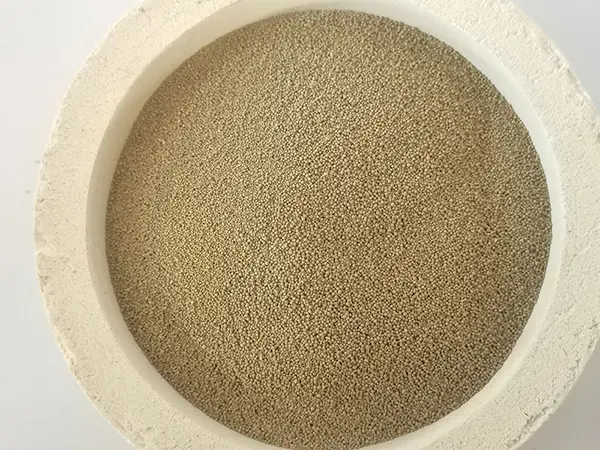Understanding How Sand Casting Works
Sand casting is one of the oldest and most widely used metal casting processes. It involves creating molds from sand to produce intricate metal shapes, making it a favored choice in foundries worldwide. Understanding how sand casting works provides insight into its efficiency, versatility, and the reasons behind its enduring popularity in manufacturing.
Understanding How Sand Casting Works
Once the mold is prepared, the sand is packed around the pattern, often using a vibrating table to ensure a tight fit. After the pattern is removed, the two halves of the mold are aligned and clamped together. At this stage, smaller features like gates and vents may also be included, facilitating the flow of molten metal into the mold and allowing gases to escape.
how sand casting works

The next step is melting the metal, which can vary based on the desired properties of the final product. Common metals used in sand casting include aluminum, iron, and bronze, known for their good fluidity and castability. The molten metal is poured into the mold through the gates created earlier. Gravity is primarily used in the pouring process, although some applications may employ pressure-assisted methods.
Once the metal has filled the mold, it is allowed to cool and solidify. The cooling time depends on the metal type and the thickness of the casting. After cooling, the mold is broken apart to reveal the cast object. Sand casting is distinct for its ability to create complex geometries and large parts, making it a popular choice in industries ranging from automotive to aerospace.
Post-casting, several finishing processes may be required, such as grinding, machining, or surface treatment. These processes help enhance the dimensional accuracy and overall aesthetics of the cast product. Sand casting also offers significant cost advantages, particularly for low-to-medium volume production, as it eliminates the need for expensive tooling used in other casting methods like die casting.
In conclusion, sand casting is a time-honored technique that effectively combines simplicity and versatility, allowing for the production of a wide array of metal parts. Its processes of mold creation, metal pouring, and finishing make it an essential method in modern manufacturing, ensuring its relevance in today’s industrial landscape.
Post time:സെപ് . 22, 2024 01:51
Next:can you sand a 3d print
